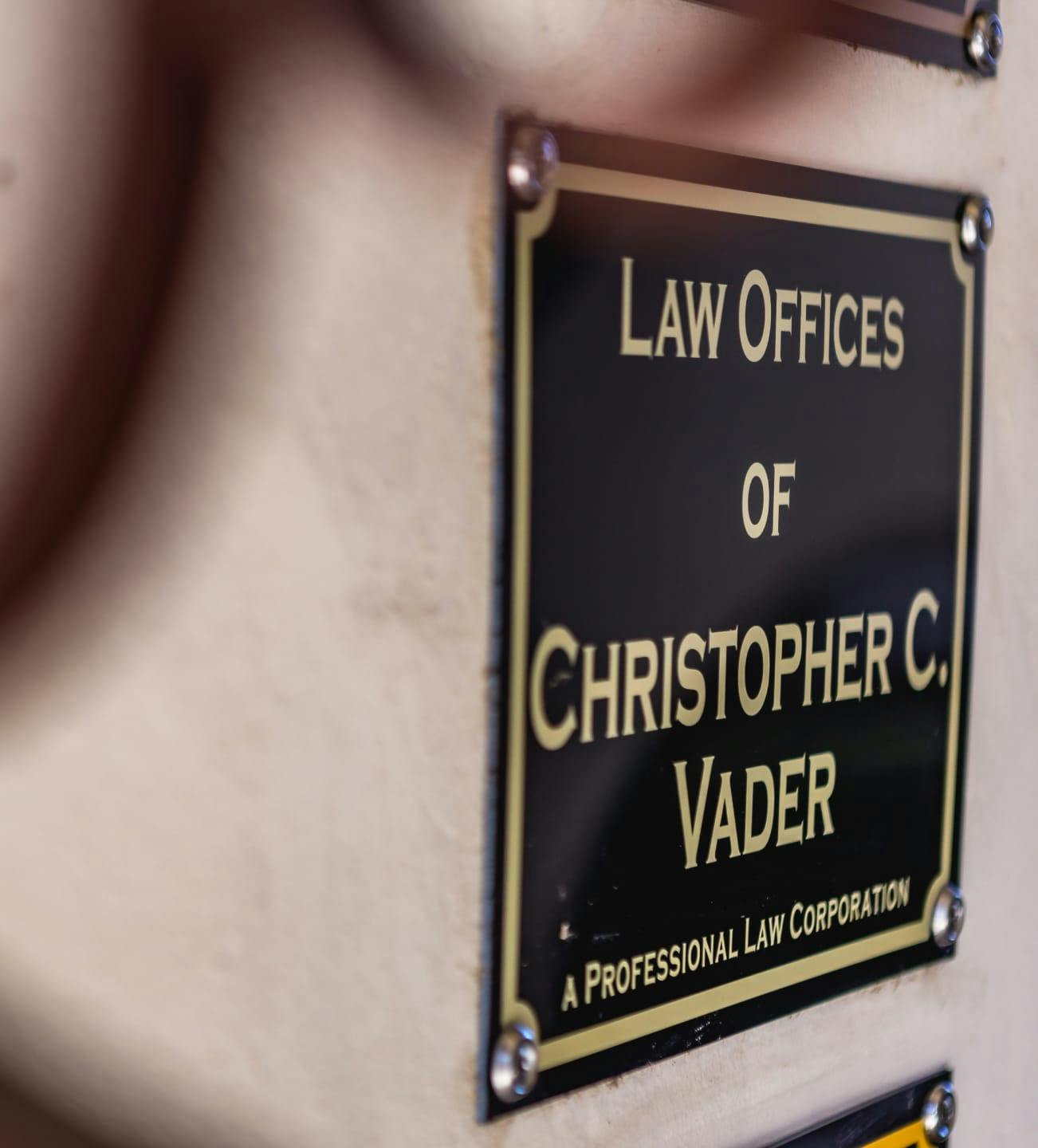While California is the nation’s populous state, that unfortunately also means that there is a higher number of motor vehicle accidents than in many other states. In 2014 alone, there were 162,000 reported collisions resulting in injuries, according to the California Department of Motor Vehicles. There are many reasons why drivers get into auto accidents, most of them owed to human error.
Liability Laws After a Car Accident in California
After a car accident occurs, California adheres to an “at-fault” rule to determine who is liable for any following damages. This means that the motorist responsible for causing an accident is the one responsible for paying damages, through an insurance carrier. This at-fault system is directly opposite a no-fault liability system which some states follow. A no-fault state states that each party must file a claim with their own insurance regardless of who is responsible for causing the accident. At-fault states allow more opportunities for injury victims to file a personal injury claim. While this law is straightforward in situations where only one driver is responsible for causing an accident, many accidents that occur involve the fault of more than one driver, no matter how small the other driver’s involvement was.
For example, the injured party may have been driving a little bit above the speed limit or failed to put on a turn signal. In these cases, an injured driver can still recover compensation from the more negligent party through California’s “pure comparative fault" rule. This rule says that an injured party can still file a claim against the negligent party however, whatever percentage of responsibility they are found to be responsible for will be deducted from the overall compensation awarded. For example, if you are found to be 15% at fault for the accident, the total compensation awarded to you will also be reduced by 15%. For a free consultation regarding your injuries, call us at (760) 537-4457, or contact us online.












